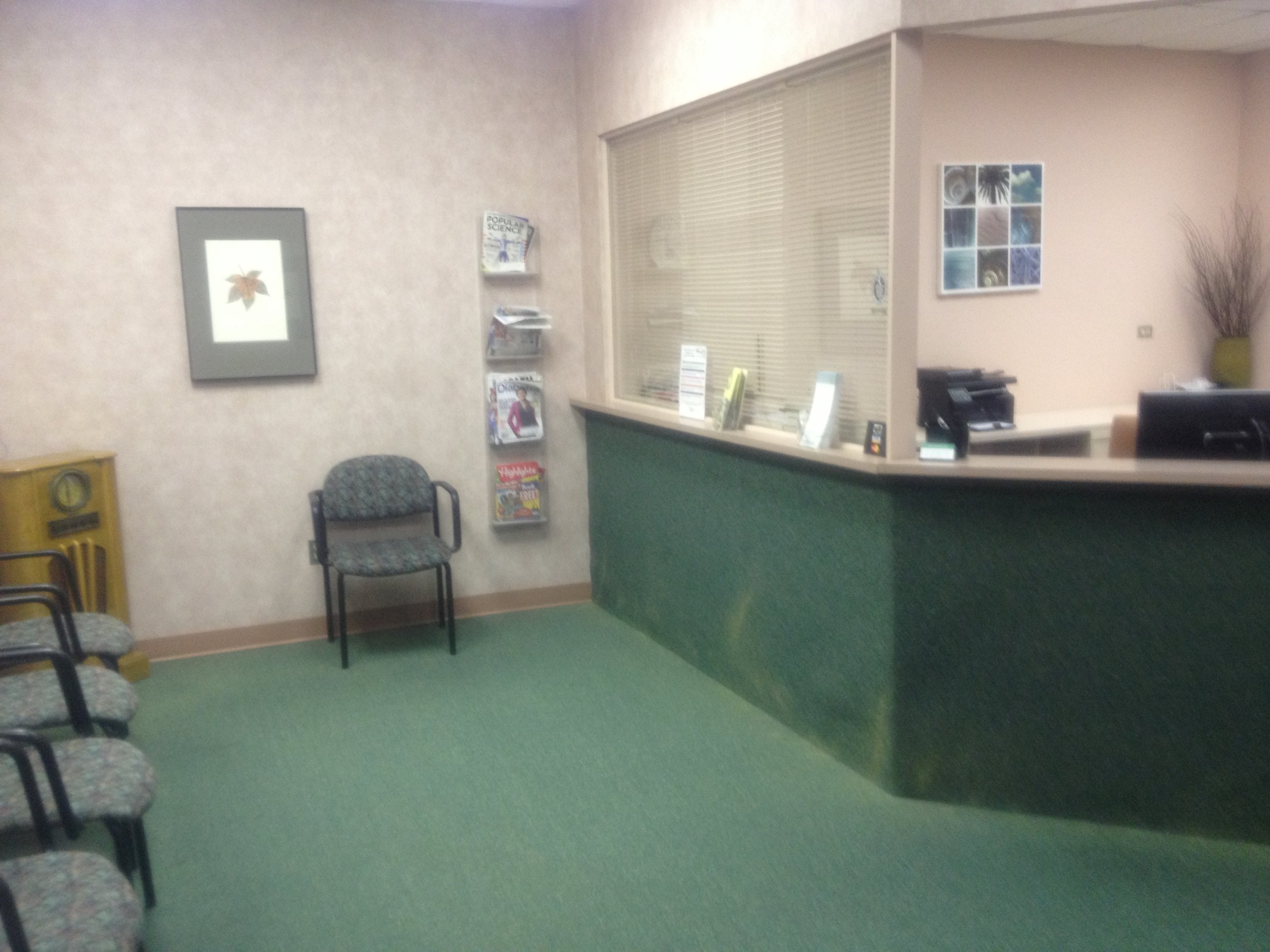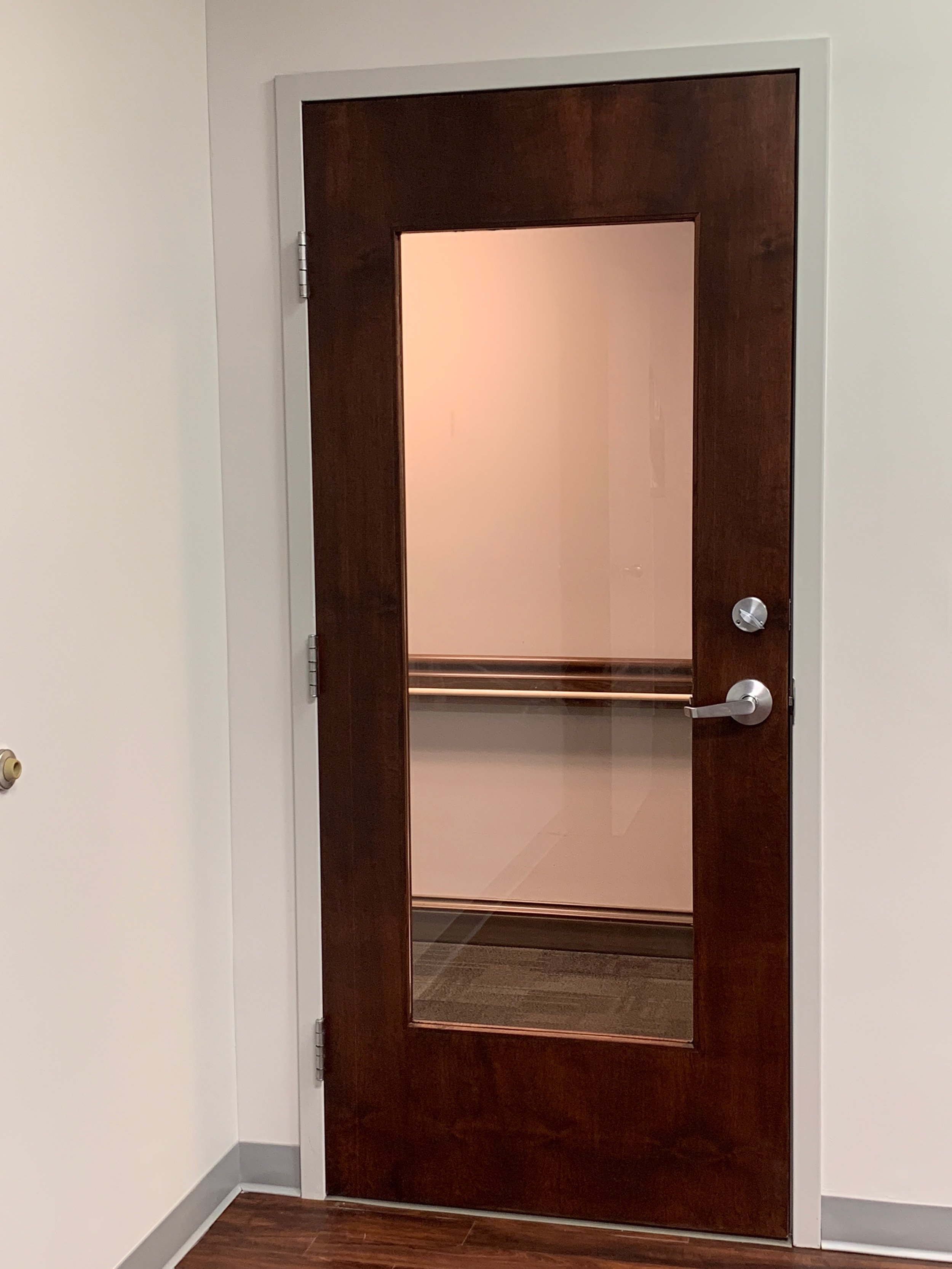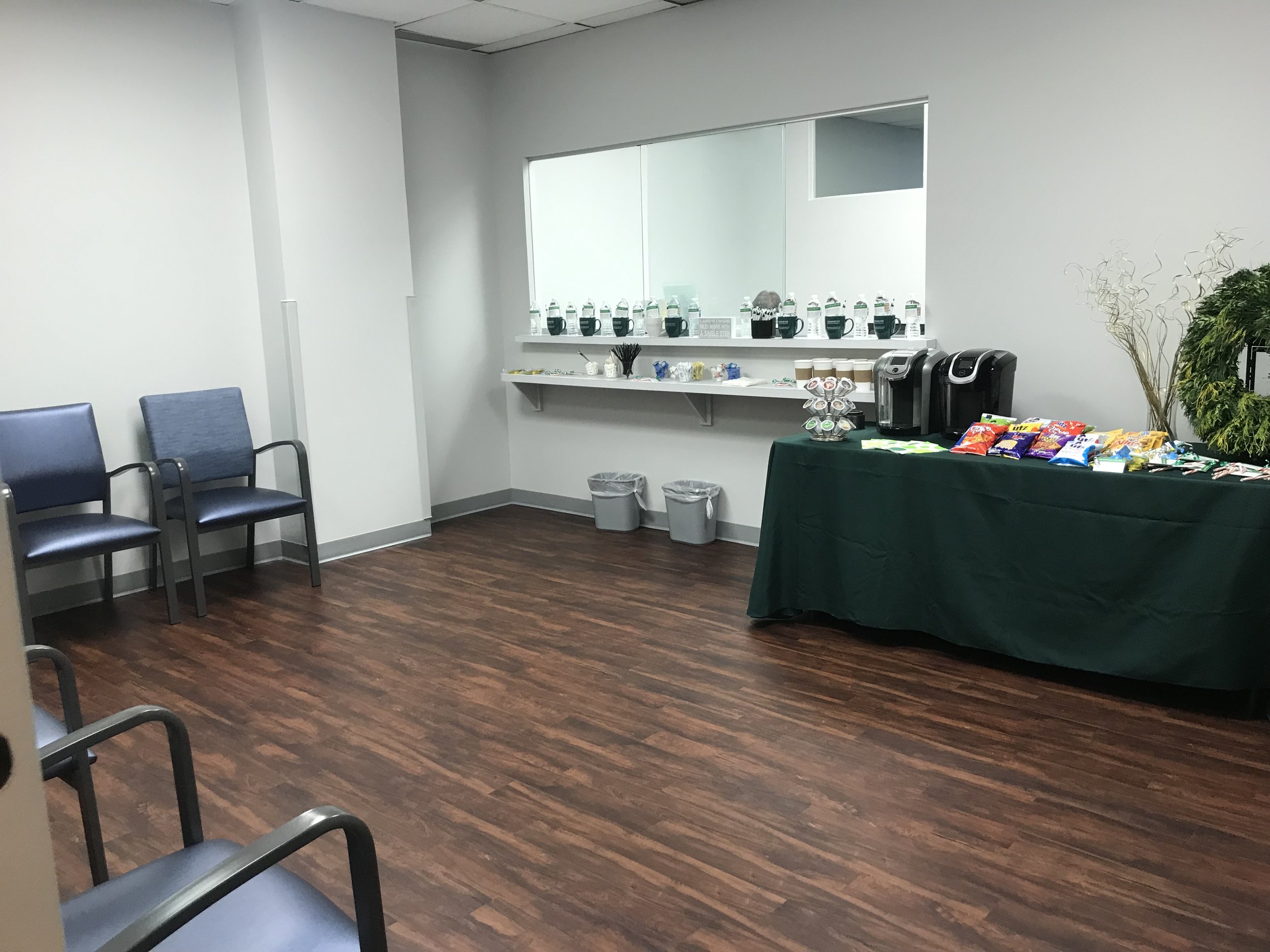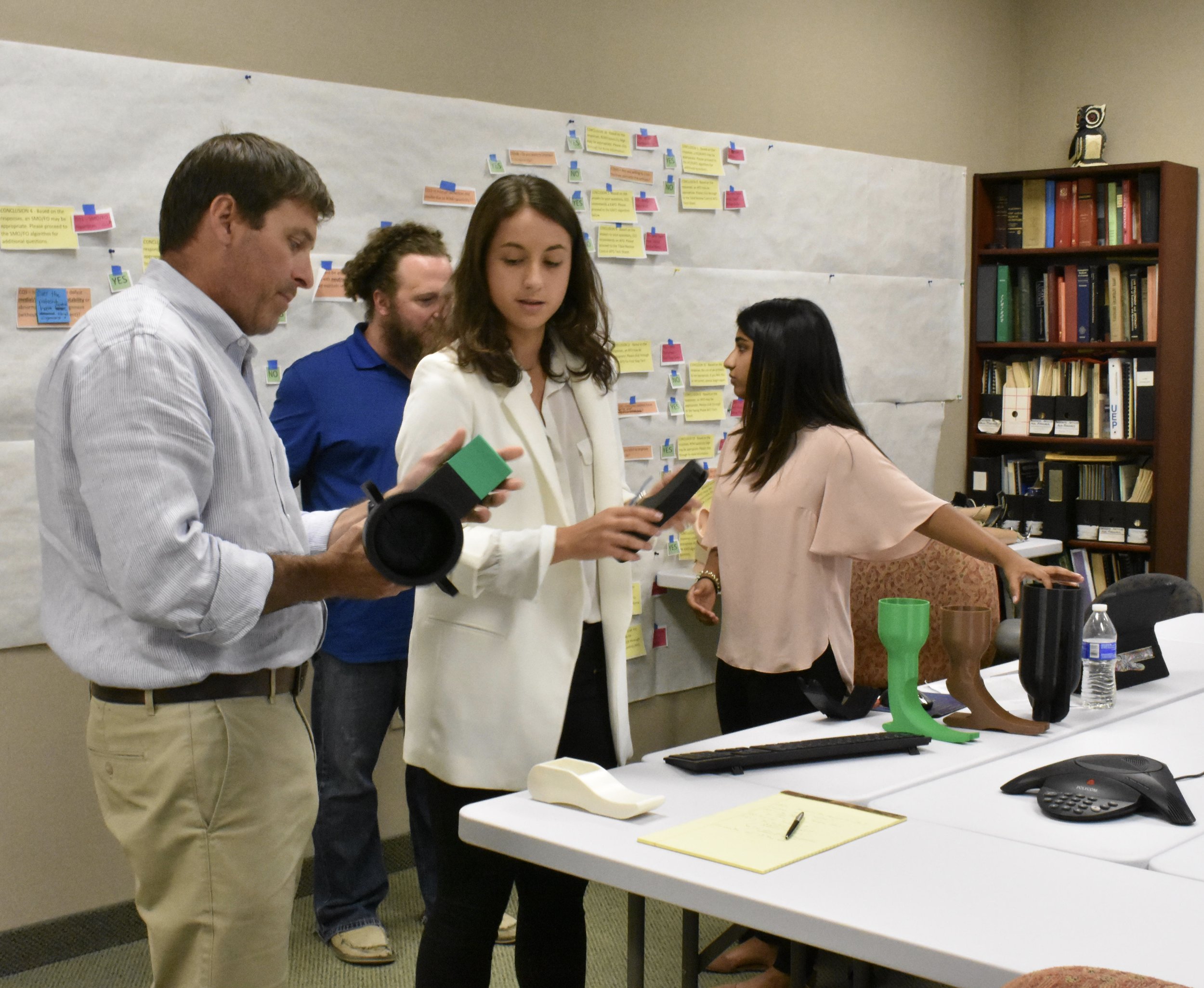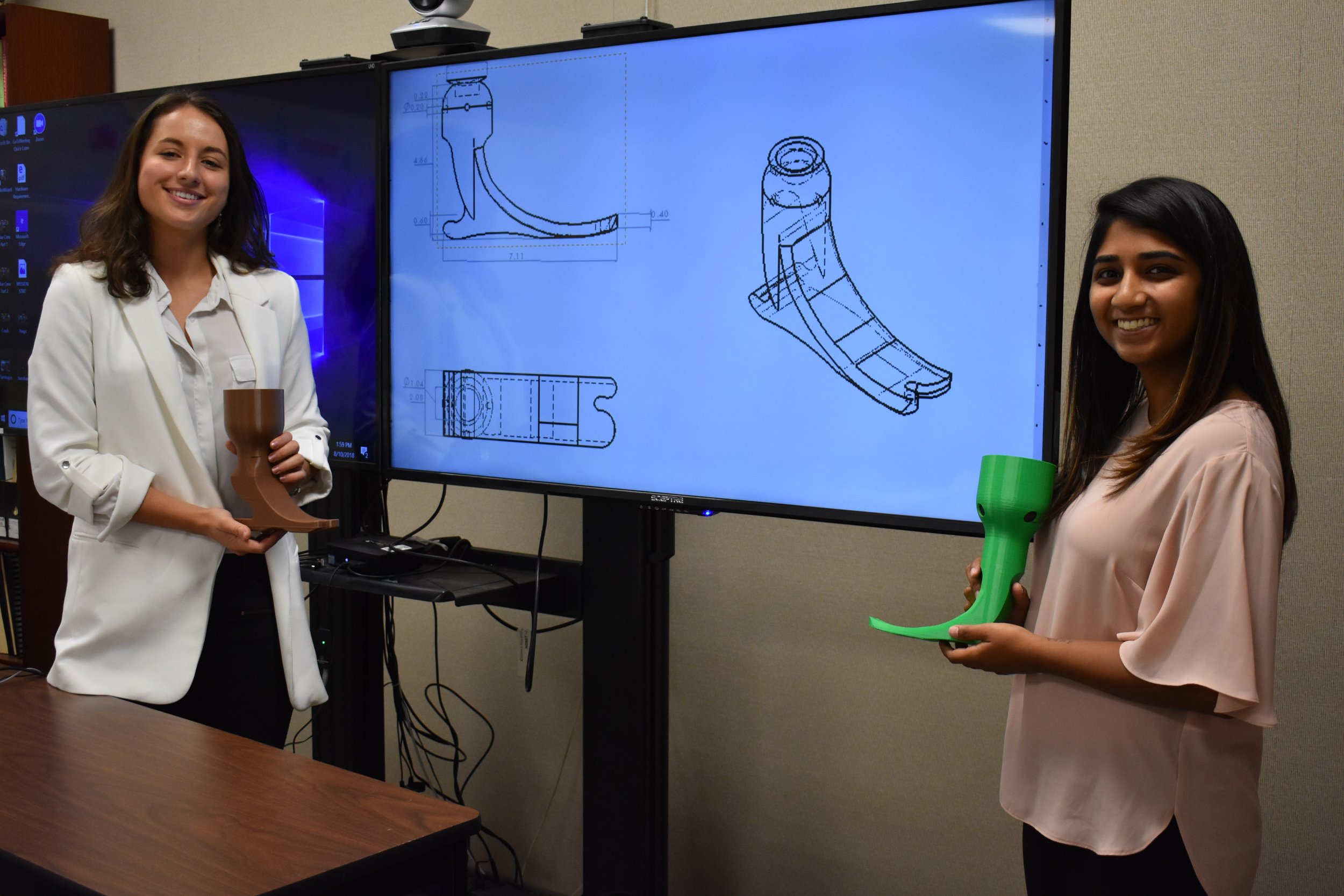Nina Bondre, CPO, has prepared a summary report on material presented at the American Orthotic & Prosthetic Association (AOPA) National Assembly in Vancouver late September. Professionals and amputees alike may find this information of interest. Citations and links to the information presented here can be found at the end for those interested in more detail.
Angie Bryl, Mark Hopkins and Jed Newhardt all attended the September AOPA meeting from Dankmeyer. One of the most interesting pieces of information they returned with was a clinical update regarding post-operative care for amputees. There are many methods of handling a person's residual limb following an amputation, and the studies presented at AOPA helped to provide some support and evidence for current practice and to encourage new standards.
Multiple studies demonstrated that a rigid dressing following amputation were superior compared to soft dressings, both for decreasing time to fitting, and for reducing incidental injury/trauma to the limb during healing (Reichmann et al, 2018).
Peer visitation during the post-operative phase is also extremely important and currently quite undervalued. In a trial that included individual peer visits for patients that had undergone an amputation, 92% responded positively to the peer visit. In addition, 1-6 months following the visit, 92% still said that their outlook had been improved due to the peer visit. The recommendation from this study is that peer visits should be encouraged and sought after for everyone who undergoes a major amputation (Reichmann and Bartman, 2018).
People who have amputations in fact have a higher fall risk than those who have experienced a stroke, when compared in similar settings of hospitals and inpatient rehabilitation facilities. 3% of those with lower limb amputations who fall end up needing a revision surgery, and half of the revisions will result in a transfemoral amputation as the final level. However, if the patient is wearing a well-fitting rigid removable dressing at the time of the fall, the falls that end up in a revision surgery are eliminated (Gooday and Hunter, 2004).
For more detailed information, these are the links to the relevant documents. Click to access.
Reichmann, J. P., & Bartman, K. R. (2018). An integrative review of peer support for patients undergoing major limb amputation.Journal of Vascular Nursing, 36(1), 34-39. doi:10.1016/j.jvn.2017.10.002
Reichmann, J. P., & Kritter, A. E., Jr. (2018, June). Evidence-Based Post-Operative Care for Transtibial Amputees. The O&P EDGE.
Reichmann, J. P., Stevens, P. M., Rheinstein, J., & Kreulen, C. D. (2018). Removable Rigid Dressings for Postoperative Management of Transtibial Amputations: A Review of Published Evidence. Pm&r, 10(5), 516-523. doi:10.1016/j.pmrj.2017.10.002
